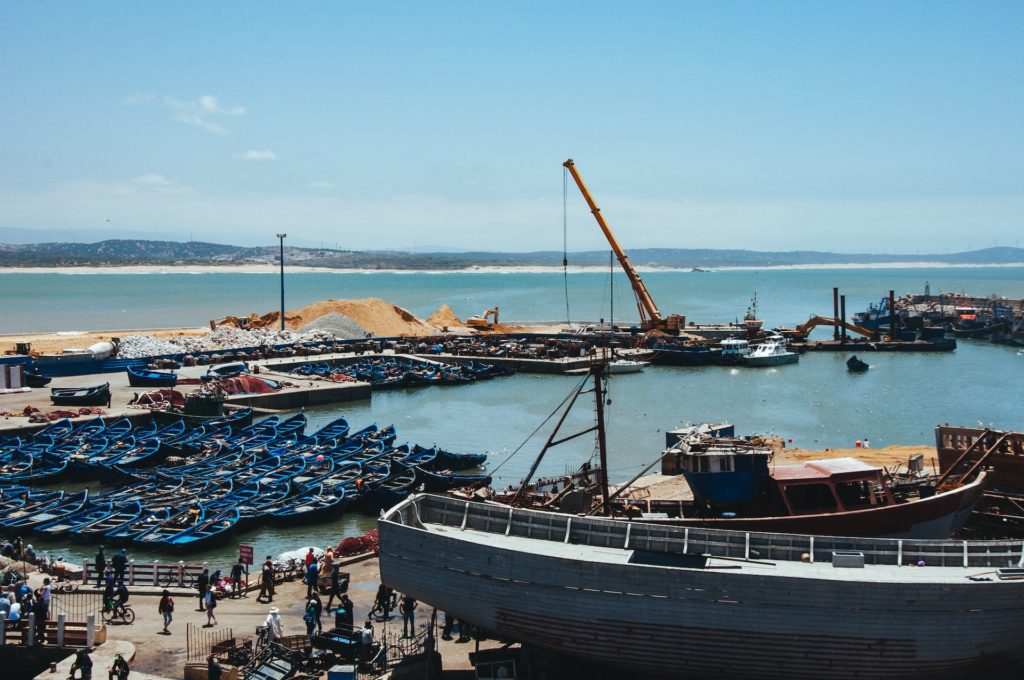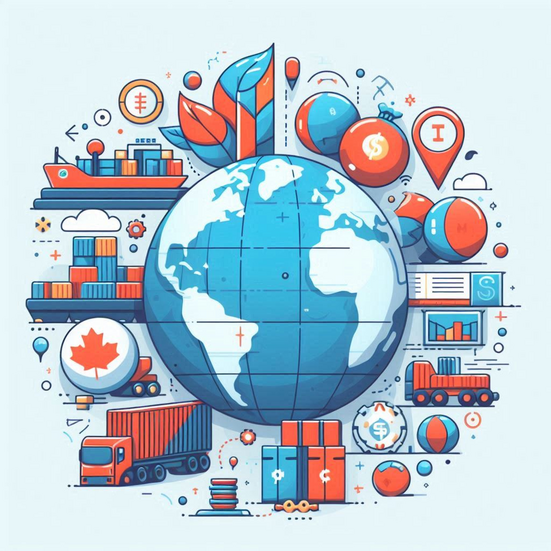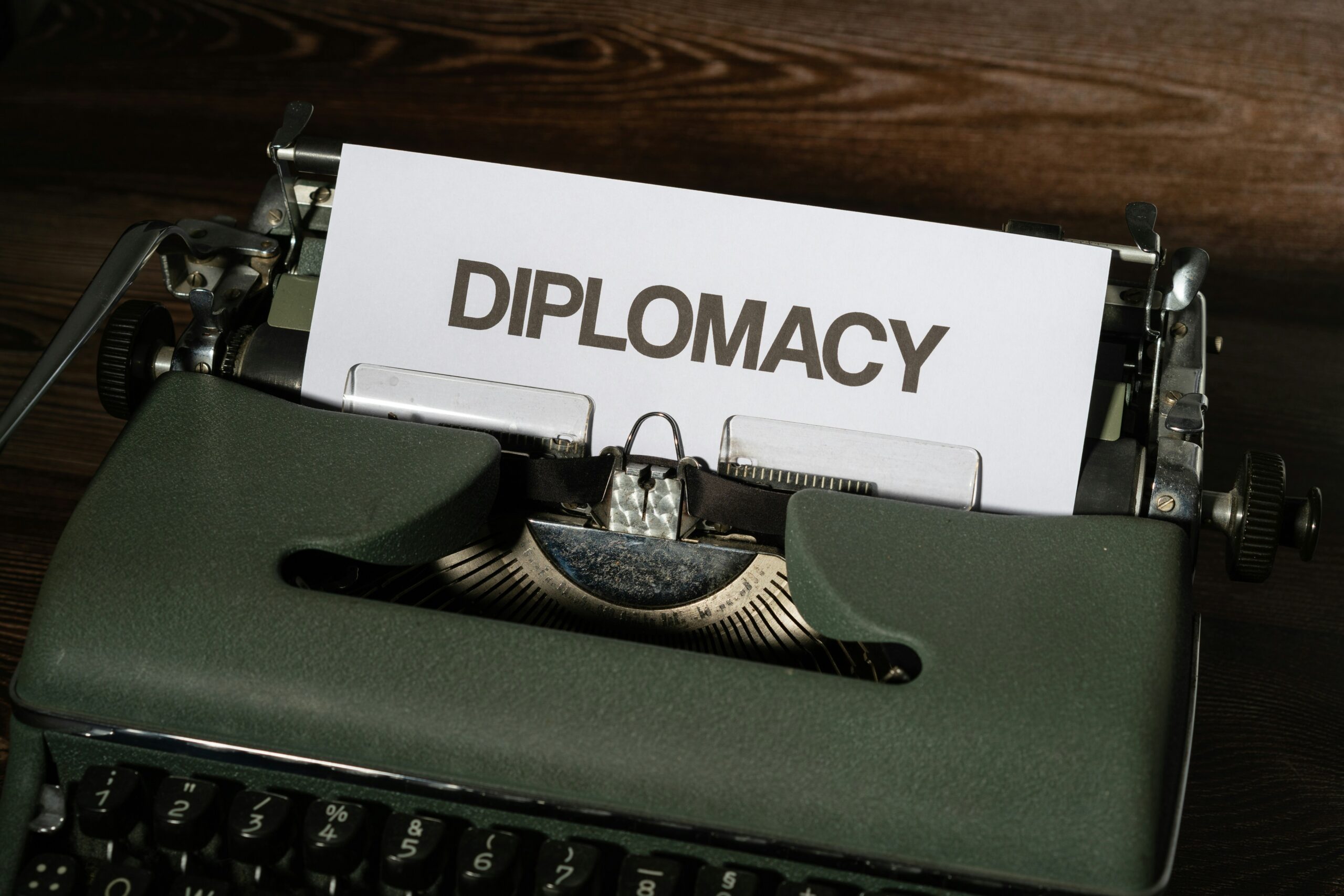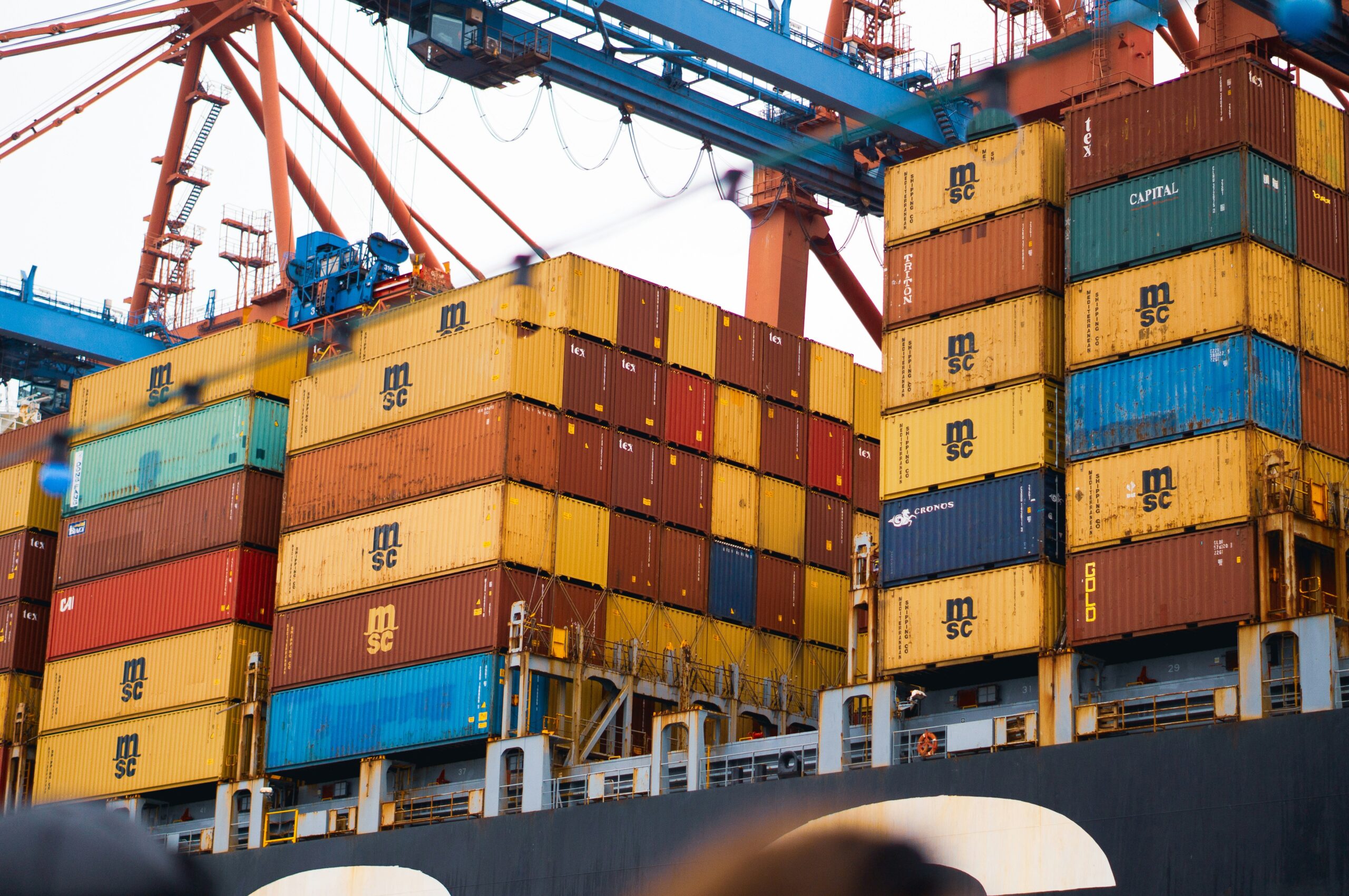The economy of Congo is dependent on the export of its abundant natural resources. 85 percent of export value, 55 percent of GDP, and 80 percent of government revenue come from oil exports.
The government aims to entice foreign investors in the forestry, agriculture, construction, ecotourism, transport, mining, and information technology services sectors to lessen reliance on the oil sector. The increased use of natural gas as a source of electricity may enhance investment opportunities in the energy sector.
Although investing in the Congo can be difficult, the nation has a lot of potential for those who are ready to put in the time to learn about the local business scene.
1. Thousands of Congolese goods are eligible for duty-free export to the US.
2. A deep water seaport and contemporary airports with international certification are accessible in Congo.
3. Other industries that are ready for investment and high-quality U.S. exports have been neglected due to an overemphasis on the energy sector.
4. The Central African Franc, the country’s official currency, is stable and pegged to the euro.
5. Congo offers stability and security to businesses in a sensitive and occasionally volatile region.
The World Bank projects that Congo will export $8.38 billion in 2019 and import $3.77 billion. France, China, the United States, and Italy are among Congo’s top trading partners. The majority of commodities sent to Congo come from China. The largest importers of Congolese goods, primarily petroleum products, are China and the United States.

The top 10 products exported from the Republic of the Congo
The following categories of export products will account for the greatest dollar value in Congolese shipments made to other countries in 2021. In addition to this, the percentage share of overall Congolese exports that each export category accounts for is also presented.
- Copper: US$9.2 billion (57% of total exports)
- Other base metals: $4.4 billion (27.6%)
- Ores, slag, ash: $1.1 billion (6.8%)
- The value of mineral fuels, which also includes oil: is $750.9 million (4.7 percent)
- Wood: $156.7 million (1%)
- Inorganic chemicals: $77.4 million (0.5%)
- Iron, steel: $76 million (0.5%)
- Gems, precious metals: $73 million (0.5%)
- Cocoa: $67.3 million (0.4%)
- Coffee, tea, spices: $21.9 million (0.1%)
The top 10 exports from the Democratic Republic of the Congo accounted for 99.1% of the total value of its international shipments.
The fastest-growing of the top 10 export categories, iron, and steel increased by 7,805% between 2020 and 2021.
Miscellaneous base metals came in second for increasing export sales with a 2,905% increase.
Oil and other mineral fuel shipments from the Democratic Republic of the Congo saw the third-fastest increase in value, rising by 990.4%, thanks to greater global crude oil sales.
Inorganic chemicals, with a year-over-year fall of -97.5%, were the top export category for the Democratic Republic of the Congo.
Market challenges
An outsider may find investing in Congo intimidating, therefore potential investors should seriously consider consulting with businesses that have experience operating there. The World Bank’s 2020 Ease of Doing Business Index places the Republic of Congo in 180th out of 190 countries. This ranking emphasizes the many difficulties that foreign investors encounter in Congo, including corruption, subpar infrastructure, a shaky judicial system, and a poorly educated labor force. Certain businesses may find Congo less appealing due to the lack of a true middle class, the lack of health care that meets western standards, and the tight housing market.
Transporting products might be difficult. Poor rail and road connections exist between Pointe-business Noire’s district and the capital city of Brazzaville, which is located across the Congo River from Kinshasa, the capital of the neighboring Democratic Republic of the Congo. Pointe-Noire and Brazzaville are connected by two new roads, but both of these major routes pass through the Pool region. The Pool region has been tranquil since December 2017, but there have been violent attacks against military personnel, civilians, and cars on occasion.
Without factoring in the lengthy immigration procedures on either side, the boat ride from Brazzaville to Kinshasa takes about ten minutes.



